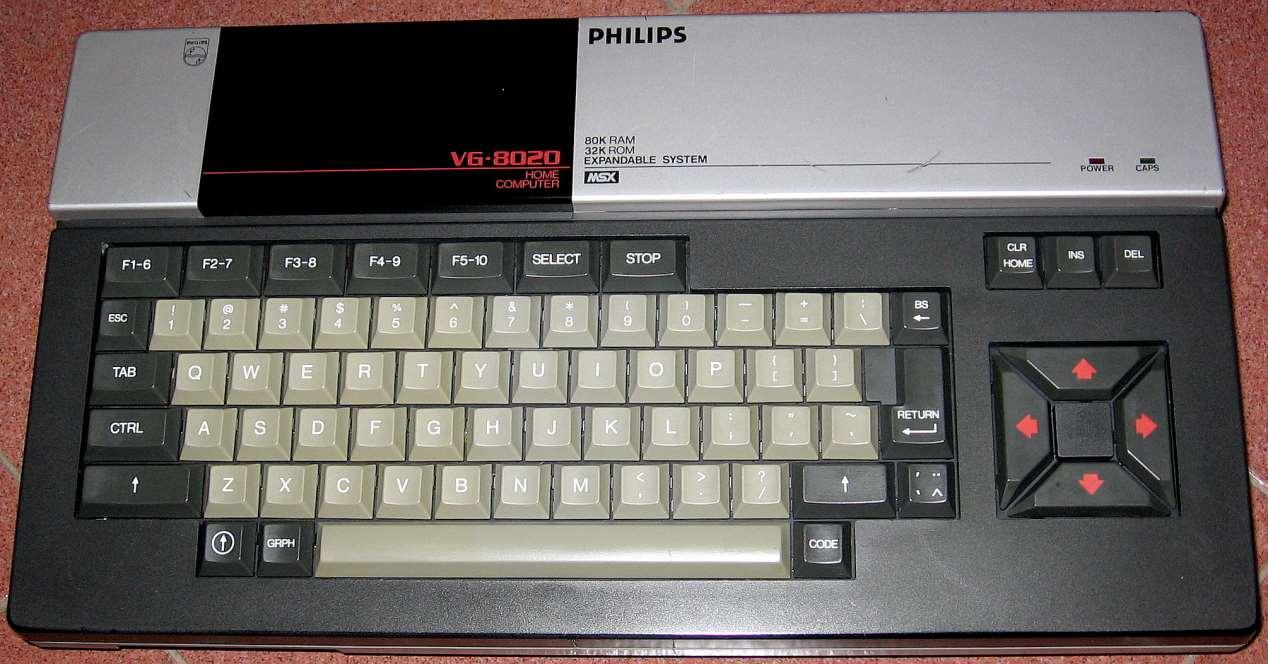In recent years we’ve seen systems that are homages to the 8-bit and 16-bit microcomputers of the past. We are talking about compilations with emulators and a collection of games to enjoy the nostalgia. However, we find that in this case we are talking about a revival and neither more nor less than the hand of the creator of the msx standardKazuhiko Nishi, who several decades later wants to make it a third generation.
Yours truly was a late MSX fan, in Europe they didn’t have much success and their popularity grew with the developed retro scene that sprouted after 8-bit computers disappeared until it became the one of the best-known microcomputers by fans. Its initials, contrary to what many think, do not stand for MicroSoft eXtended and Matsushita-SONY-SANYO either, which were the first manufacturers of these machines, but “Machines with the possibility of software exchange
What was the MSX standard?
At that time, any manufacturer could build an MSX in the various variations of the standard that existed. They just had to make sure to build a computer with a specific series of chips and with the so-called MSX-DOS, a version of MS-DOS with a BASIC interpreter for the Z80 processors created by Microsoft and ASCII. Besides supporting a range of peripherals and connectors. That is to say, there was not a single manufacturer that made a single MSX computer, so it was a standard and there were several different manufacturers.
Obviously, over time, the PC ate the MSX standard all over the world due to its technical capabilities. So outside of creating a retro system as a tribute, there doesn’t seem to be much that can be done. Well, that’s not what Kazuhiko Nishi thinks about the return of his MSX.
This is the future of the MSX standard
Nishi’s bet for the future of MSX is not to create a computer from scratch, but to take as a basis a small computer for the Internet of Things based on the ESP32 processor. Specifically, the M5 Stack, which has the ability to add modules to add new expansion capabilities to the device. This will allow, for example, to add a cartridge slot to run software and games from classic systems or, even better, to replace the central processor with a more powerful and larger capacity processor.
Therefore, when Nishi created the future of his standard, he took two different paths, which he called MSX0 and MSX3. In the first case, it is the environment of the original systems running on the base unit of the M5 Stack in an emulated way and which can also be taken anywhere as if it were a version portable in Game Boy style with several interchangeable housings, since the main unit includes an integrated screen.
MSX3
The most interesting concept is that of the third generation MSX, which is a separate machine and differs from the MSX0 in certain key elements. Of course, part of the concept is to be able to stack several different panels with a common intercom in order to have the complete team.
Unlike the previous case and as can be seen in the image, in this case we do not see any screen in the middle and there are some differences compared to MSX0. The first is the use of an FPGA unit to simulate the original MSX circuit, which is not emulated by an ESP32 processor for this reason. Its main circuit? An NVIDIA Jetson Orin NX, which will give it greater technical capacity than a Nintendo Switch and will allow games like the current ones to be brought to the platform.
In other words, in the same way that Nishi chose the Z80 as the processor and the TMS9918A as the video chip in the early 90s, this time Nishi chose the NVIDIA processor designed for the automotive world as base on which the rest of the manufacturers can create their own MSX3.









